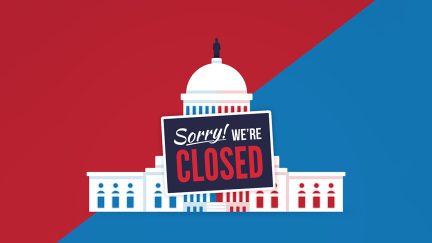Never miss a story — sign up for PLANSPONSOR newsletters to keep up on the latest retirement plan benefits news.
What the DOL Has in Store
According to Fred Reish, from Drinker Biddle & Reath’s Los Angeles office, the agenda includes:
- A re-proposal of a fiduciary advice regulation, including proposed prohibited transaction exemptions;
- A proposal to require a “guide” for 408(b)(2) disclosures;
- A proposal to require retirement income projections on participant benefit statements; and
- An amendment to require additional disclosures for target-date funds (TDFs) under both the participant disclosure rules and the qualified default investment alternative (QDIA) regulation.
Speaking during the latest audio conference for the Inside the Beltway series, Bradford P. Campbell, from Drinker Biddle & Reath’s Washington D.C. office, said the DOL is scheduled to issue the fiduciary definition re-proposal in July. The original proposal would have significantly expanded who is an investment adviser subject to fiduciary rules to include almost everyone who has previously not been considered an adviser. This includes broker/dealers and insurance brokers that receive certain types of fees, such as referral fees or platform fees, Reish added.
According to Campbell, the proposal was less about the way a broker/dealer or insurance broker makes advice decisions or the quality of advice, and more about their business models and how they are paid. Some business models would be considered prohibited transactions. However, the DOL has agreed to provide some new prohibited transaction exemptions for activities that could make broker/dealers or insurance brokers a fiduciary.Campbell said the DOL will make new rules about the rollover solicitation process, and that could be the new controversial element that reignites debate about the proposal this time. “When [the re-proposal] is finally published, all of us will have to spend a lot of time reading. The DOL has included so many aspects in this guidance, it will really have to make it clear what the rules mean,” Campbell stated.
Reish told audio conference attendees to think of the “guide” for 408(b)(2) disclosures more like a table of contents. He said the DOL wants very detailed information about the page, section and placement in the section where a particular item is addressed in fee disclosures. Reish speculates the DOL will not require plan providers to issue guides for disclosures already received, because that would be very costly and burdensome, but will make the guide requirement prospective for disclosures going forward.
The silver lining about the 408(b)(2) disclosure guide, according to Campbell, is that the DOL originally was going to add this requirement to the final disclosure rules but decided to deal with it separately. So, there will be a comment period, and it will realistically be 2014 before the regulation would come out.
Concerning TDF disclosures, Campbell said the DOL has been talking about some sub-regulatory guidance—maybe a field assistance bulletin (FAB)—giving tips to plan sponsors about what to look for when selecting TDFs. If they do so, it is important for plan fiduciaries to be aware of it and use it in decisionmaking, or they are leaving themselves open to litigation, he warned.On the subject of retirement income projections on participant statements, the DOL says it will explore whether and how a benefits statement should and could express participants’ accrued benefits in a defined contribution (DC) plan as a lifetime income stream in retirement as well as an account balance, according to Reish. Campbell noted that with this subject, the agency issued an advanced notice of proposed rulemaking, in essence asking what it should consider when crafting the proposal for the regulation. It will review comments, draft a proposed rule and ask for comments.
Campbell said the two rounds of comments reflect the technical difficulties such a requirement presents, such as how to calculate the income projection and what assumptions about participants and the market are used.
Reish added that the projections will be garbage if the DOL gets this wrong, but the agency cannot leave the industry wide open for making their own assumptions and calculations, because some will make extreme projection decisions that will make it look like participants are way better- or way worse-off than they are.
Campbell said the regulation will be a trade-off for service providers, as many are already providing such projections. They may be giving up some flexibility in calculation assumptions, but they will also be gaining some fiduciary protection.

